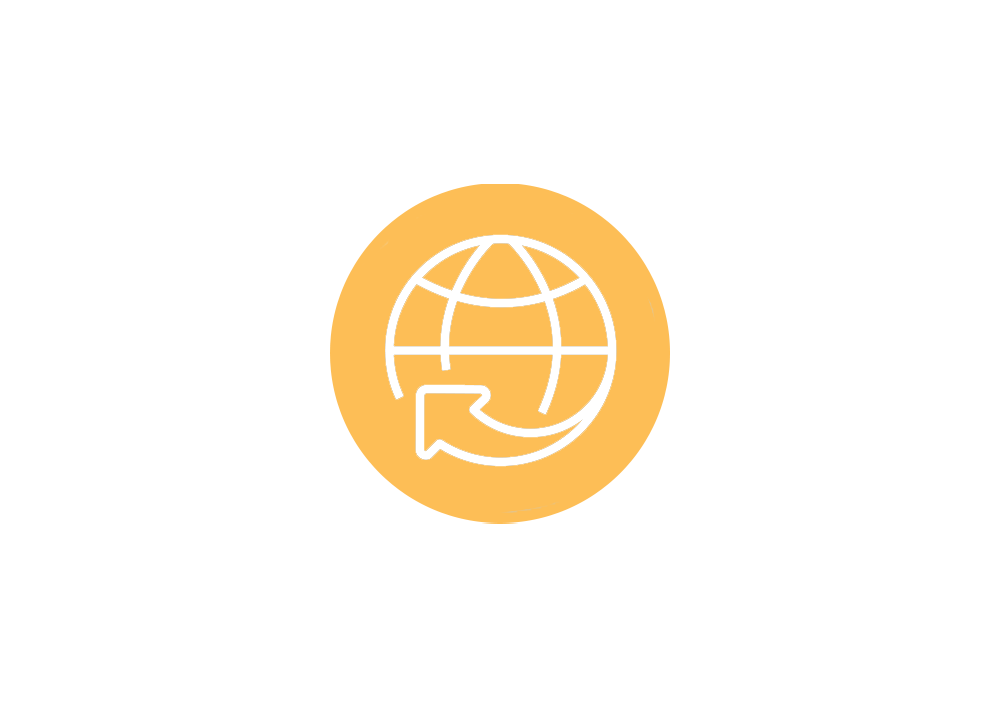
WORDS Dr Sam Nelson - Policy Manager, Technical
To ensure the safety of people and the environment, all agricultural chemicals registered for use in Australia are independently and scientifically assessed by the Australian Pesticides and Veterinary Medicine Authority (APVMA).
The APVMA establishes a MRL for all agricultural chemicals, which is the highest amount of chemical residue legally allowed in food products produced in Australia. MRLs are set at levels that are unlikely to pose a risk to human health and are not likely to be exceeded when the chemical is used in accordance with label directions. It's important to note that MRLs can vary between different markets due to different regulatory frameworks and risk assessments.
Australia's approach is based on a comprehensive risk assessment that considers exposure, scientific studies, data, and proposed usage. In contrast, the European Union (EU) employs a hazard-based approach, focusing on intrinsic properties of substances.
In international markets, ensuring compliance with varying MRLs is crucial. For instance, when exporting grain, it's imperative to adhere to the regulated MRLs and customer contract specifications, which might differ from Australia's standards.
In some instances, even the proper application of chemicals in accordance with Australian label directions can result in grain residues that fail to meet the requirements of stringent export markets.
The reduction of the haloxyfop MRL in the EU announced earlier this year is an example of why Australia needs to be proactive in understanding changes to MRLs in markets, and the increasing sensitivity of markets to chemical residues.

